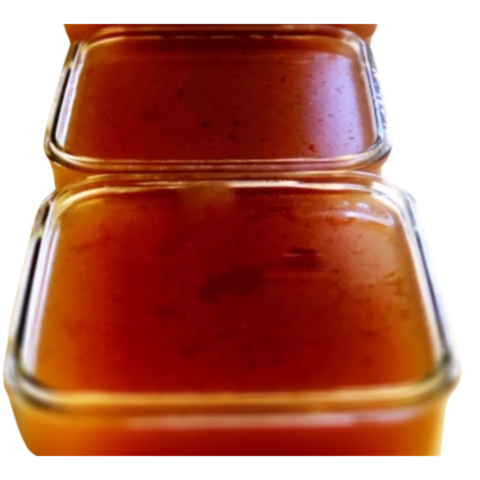Collect "kitchen scraps" over the week - this could be stuff left over on your cutting board (think onion, carrot, celery ends, garlic skins, leftover bones of all kinds, skins from other veggies you've peeled, even leftover herb sprigs. Get creative!
Keep all scraps in the fridge in a large bag, no longer than a week and a half.
When your bag is full or you're just ready to make broth - inspect that scraps do not have any mold. Remove if so; the rest is fine.
Pour scrap contents into one large stock pot, Dutch oven, or a crockpot!
Fill the pot until the contents are covered with water - about 1 1/2 - 2 inches above the contents.
Add additional herbs and seasoning, *optional
Put a lid on it and heat the stovetop to low/simmer. If you are using a crockpot - set it on low for 8 hours. You can leave the crock pot unattended which is nice. If you are using a stock pot or Dutch oven - cook over simmer for 4-8 hours. The longer you cook the stock the more nutrient-dense it will be.
I usually make my stock on Sundays because I know I will be around the house doing things. That's where the crock pot comes in handy, because you can leave the house and go about your day.
Lastly, once the stock is a deep color and has simmered for a long time, strain vegetables and reserve the liquids in containers of your choice. Extra credit: compost the strained veggies.
This recipe will yield a lot. However, I go through my entire stock in one week during fall and winter seasons, just in time for the next batch.
